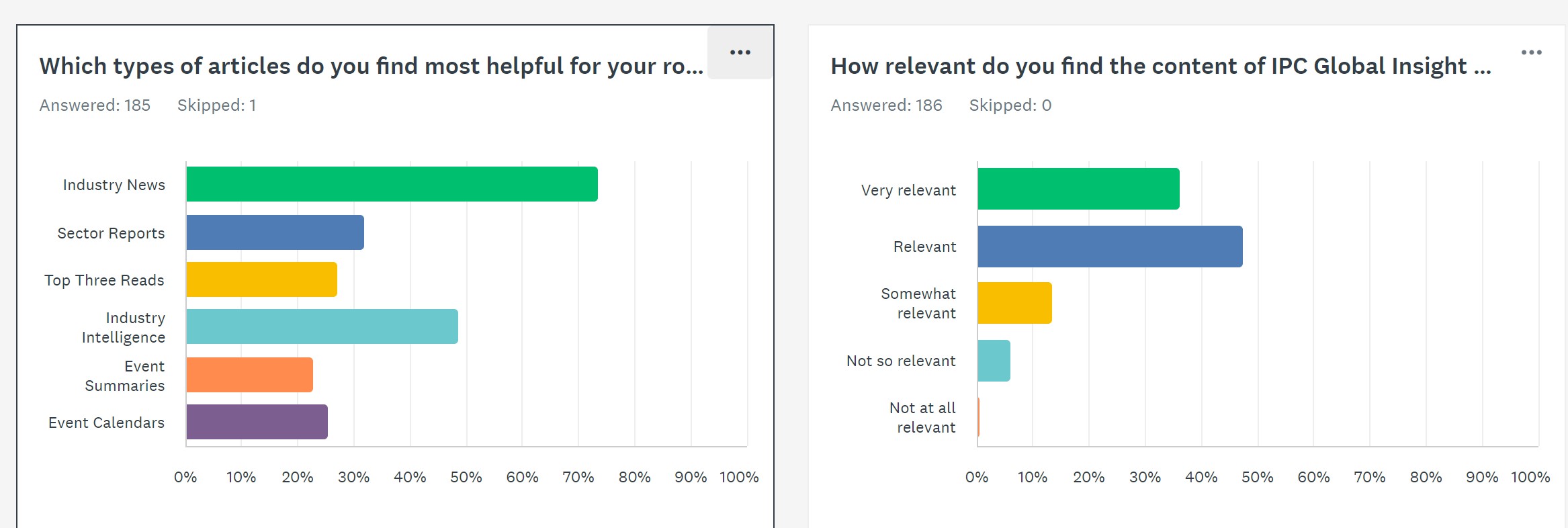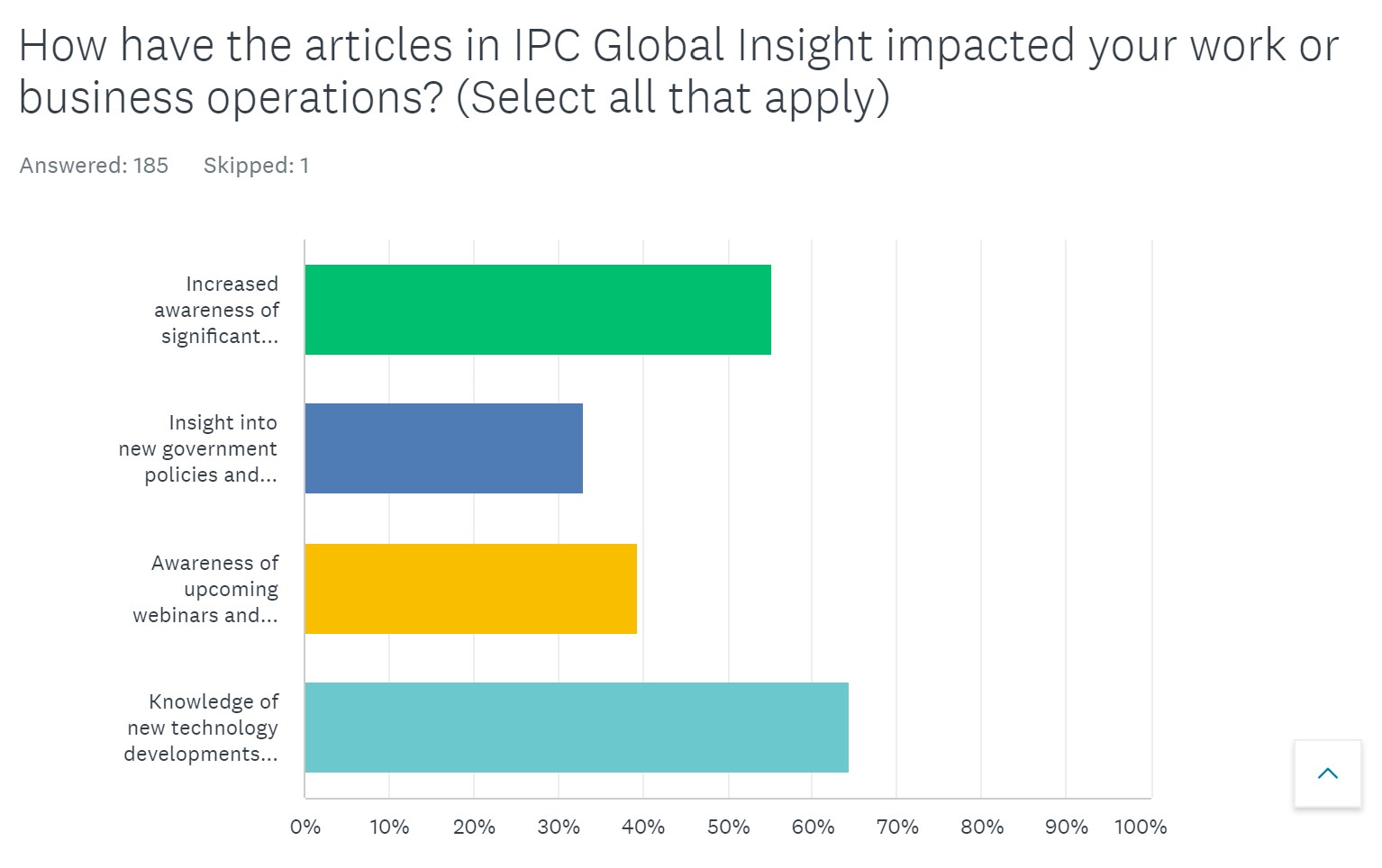A Closer Look at IPC X-Ray Inspection Guidelines for BGAs
Ball Grid Array (BGA) defects pose significant challenges in circuit board assembly. The IPC guidelines provide a foundational framework for inspection, yet they may not encompass all scenarios effectively. Leveraging the latest advancements in 3D Computed Tomography (CT) technology allows for a detailed examination of each solder ball, facilitating a precise identification of common defects such as voiding, non-wetting, and head-in-pillow phenomena. Through this approach, engineers can conduct a thorough root cause analysis, enhancing the reliability of electronic assemblies.
Speaker Bios

Nick Fieldhouse is a Product Manager specializing in Omron’s Automated Optical and X-Ray Inspection solutions. During his nine years at Omron, Nick has gained experience as an Application Engineer and Engineering Supervisor. Additionally, he has presented at major conferences, sharing his expertise on subjects such as “The Benefits of CT X-Ray Inspection” and “Smart Factory Manufacturing.” Nick holds both a Bachelor’s and a Master’s degree in Mechanical and Materials Engineering, which he earned from Pennsylvania State University.
The Engineering Webinar Series will provides FREE, live, monthly educational experiences and videos discussing key design issues surrounding aspects of quality, defect detection & remediation, and design finalization & fabrication. All sessions are recorded and registered attendees will receive a link to the video to watch on-demand.


